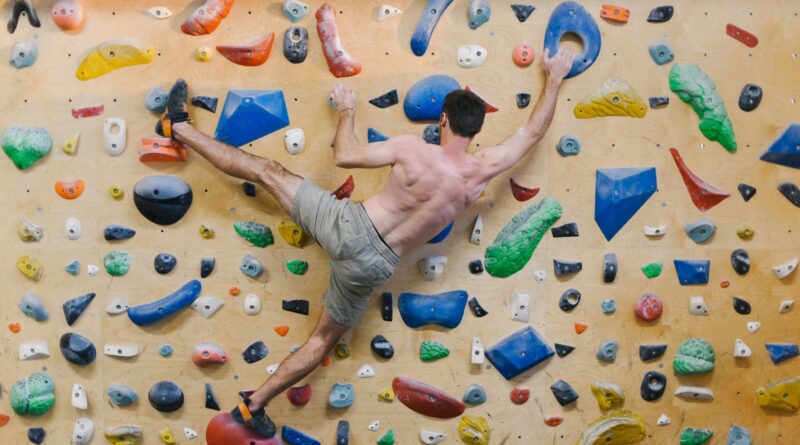Ensuring Safety in Rock Climbing: Essential Practices and Procedures
Safety in Rock Climbing: Reducing the Risk of Injury with Safe Practices and Procedures
Rock climbing is an exhilarating and challenging sport that attracts adventure enthusiasts from all over the world. However, it is also important to prioritize safety while engaging in this activity to minimize the risk of injury. By following safe practices and procedures, climbers can enjoy their experience while minimizing potential hazards. In this article, we will discuss some essential safety measures that every rock climber should be aware of.
1. Proper Equipment
Using the right equipment is crucial for ensuring safety in rock climbing. Climbers should invest in high-quality gear, including helmets, harnesses, ropes, carabiners, and climbing shoes. Regular inspection of equipment is essential to identify any signs of wear and tear. It is recommended to replace any damaged or outdated gear to maintain optimal safety standards.
2. Training and Skill Development
Before embarking on a rock climbing adventure, it is essential to undergo proper training and skill development. Climbers should enroll in a certified climbing course or seek guidance from experienced climbers. Learning the correct techniques for climbing, belaying, and rappelling will significantly reduce the risk of accidents. Additionally, practicing on indoor climbing walls or attending workshops can help climbers improve their skills and gain confidence.
3. Risk Assessment and Planning
One of the key aspects of safety in rock climbing is conducting a thorough risk assessment before each climb. Climbers should evaluate the difficulty level of the route, weather conditions, and potential hazards such as loose rocks or unstable terrain. It is important to plan the climb accordingly, considering the skill level of the climbers and the presence of experienced guides or partners. Adequate preparation and communication are essential for a safe and successful climbing experience.
4. Communication and Teamwork
Effective communication and teamwork are crucial for maintaining safety in rock climbing. Climbing with a partner or in a group allows for better risk management and support in case of emergencies. Clear communication helps climbers coordinate their movements, share information about potential hazards, and provide assistance when needed. Trust and cooperation among team members are vital for a safe and enjoyable climbing experience.
5. Environmental Awareness
Rock climbers should be mindful of their impact on the environment and practice Leave No Trace principles. This involves minimizing disturbance to the natural surroundings, avoiding damage to vegetation, and properly disposing of waste. Respecting wildlife and adhering to any climbing restrictions or regulations in the area are essential for preserving the natural beauty of the climbing site and ensuring its sustainability for future generations.
Conclusion
Safety should always be a top priority in rock climbing to prevent accidents and injuries. By using proper equipment, undergoing training, conducting risk assessments, communicating effectively, and being environmentally conscious, climbers can reduce the risk of harm and enjoy their climbing adventures to the fullest. Remember, the thrill of rock climbing is enhanced when you have peace of mind knowing that you are taking all necessary precautions to stay safe.

